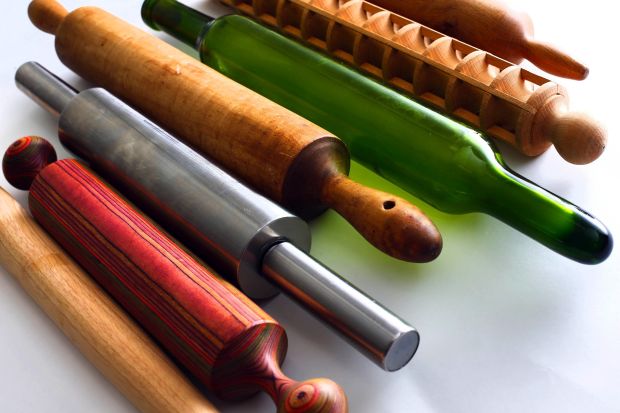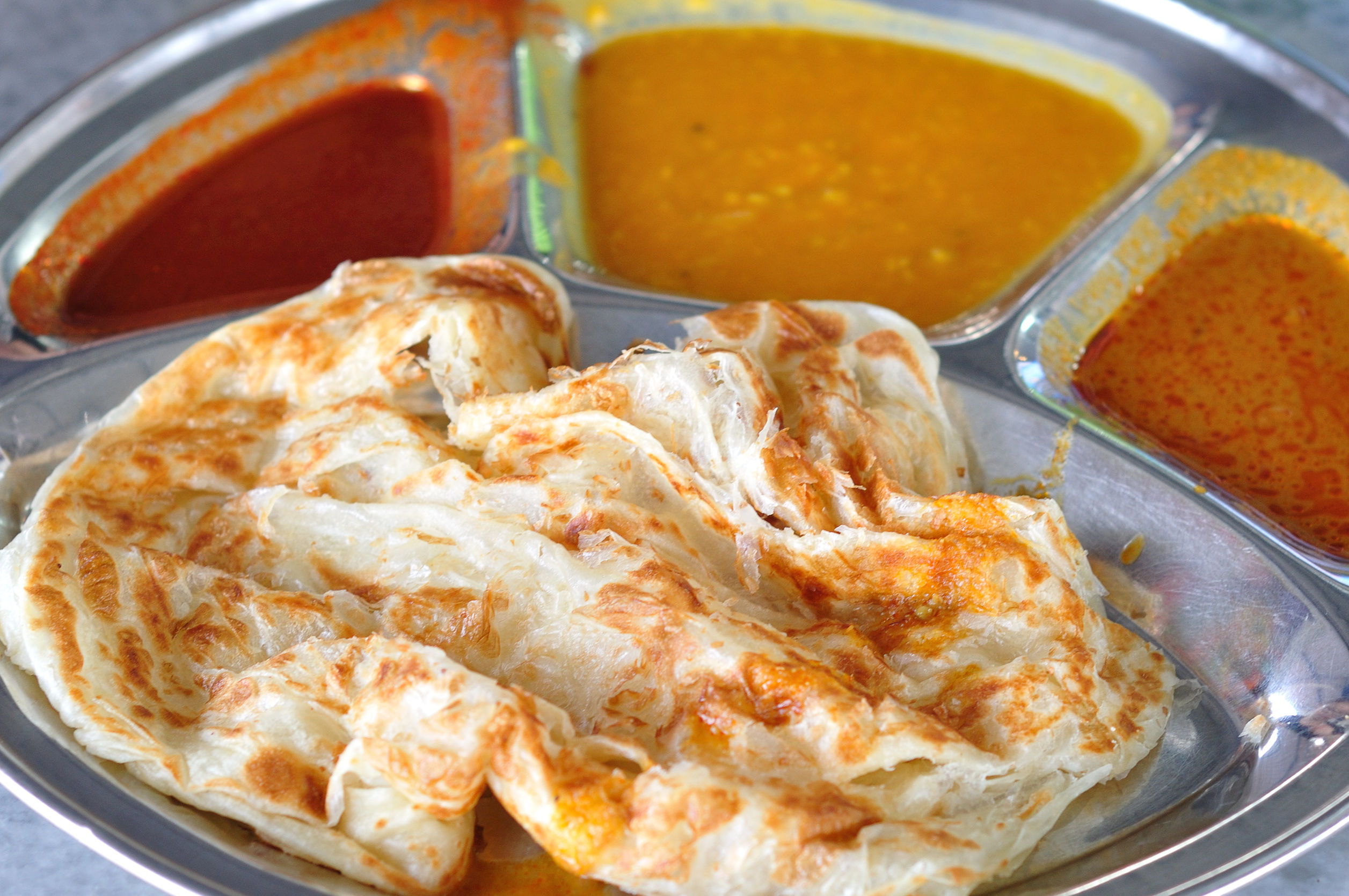Collectors have a story to tell for each of these kitchen tools.
I’VE been collecting rolling pins for years. Each tells a story, of how I came to own it, how I use it or why (and whether) I choose to display it. Some of my favourite pins get little or no use at all. I keep them because they’re beautiful and meaningful.
Like my hefty maple pin, a yard-sale find much like the one brandished by the beloved cook who taught me to roll buttermilk biscuits when I was a teenager, working in a kitchen on the Jersey Shore. And the pressed-wood rolling pin in hues stolen from a rainbow – a gift from my sister.
Some offer form and function, including the handmade cherry-wood dowel I bought in Virginia last summer while attending a family reunion. As I roll out dough for Chinese dumplings in years to come, what do you want to bet I’ll be reminded of time spent with cousins I hadn’t seen in decades?
And then there are my workhorses: like the marble rolling pin I used for 20 years to roll out pie dough (after chilling the pin in the freezer). When it rolled off the counter and lost its (ball) bearing, a stainless steel version took its place. I’ve since thrown that one over for a handle-less French-style tapered classic, a wooden shape that allows me to get a better feel for my dough as I roll it.
Neil Robertson, owner of Seattle’s jewel-box patisserie Crumble & Flake, has hefted a few rolling pins during his career and pooh-poohs those popular tapers: “How do you roll out a dough that’s flat and even, if the rolling pin isn’t flat and even?”
He prefers a solid-core polyethylene rod from the Spokane-based bakeware company Fat Daddio’s. Unlike wooden pins that can warp and change over time, Robertson says, “the surface is completely smooth, completely straight and perfectly round.”
Whatever your choice, “don’t be afraid to use plenty of flour” in the process. And “when you’re rolling a pie dough into a circular shape, don’t roll past the edge of the dough.” Stop a couple inches before you get there – or those edges will be too thin. Be sure to rotate the dough a quarter-turn every couple of rolls, he adds, to help ensure a round, even surface.
Kate McDermott, whose pies have graced the cover of Saveur magazine and Edible Seattle, takes a more laid-back approach. “Don’t get fixated on perfection,” she schools at her classes, workshops and pie camps. “Who really cares whether it’s a perfectly round crust when you rolled it out? Who’s going to ask, ˜Why do you have that crack?’” Nobody. “What happens between you and your pie dough stays between you and your pie dough.”
With a little ice water, daubed sparingly, you can patch anything, says McDermott. Don’t stretch the dough, though, she adds, but do make certain it’s an inch (2.5cm) wider than the pan. “Let the weight of it ease down into the pie pan – as if you were covering a sleeping baby.”
McDermott collects rolling pins, too. The best, she insists, “is the one that feels good to you” – a pin that fits your hand, and your heart.
The one that best fits her hand is a 20-inch (50cm) maple taper, “an original Vic Firth” manufactured by a timpanist known to drummers worldwide. The one that has her heart? A 5½-inch (14cm) red-handled Brio, a toy classic that belonged to her son, Duncan, when he was a boy. – The Seattle Times/McClatchy-Tribune Information Services






